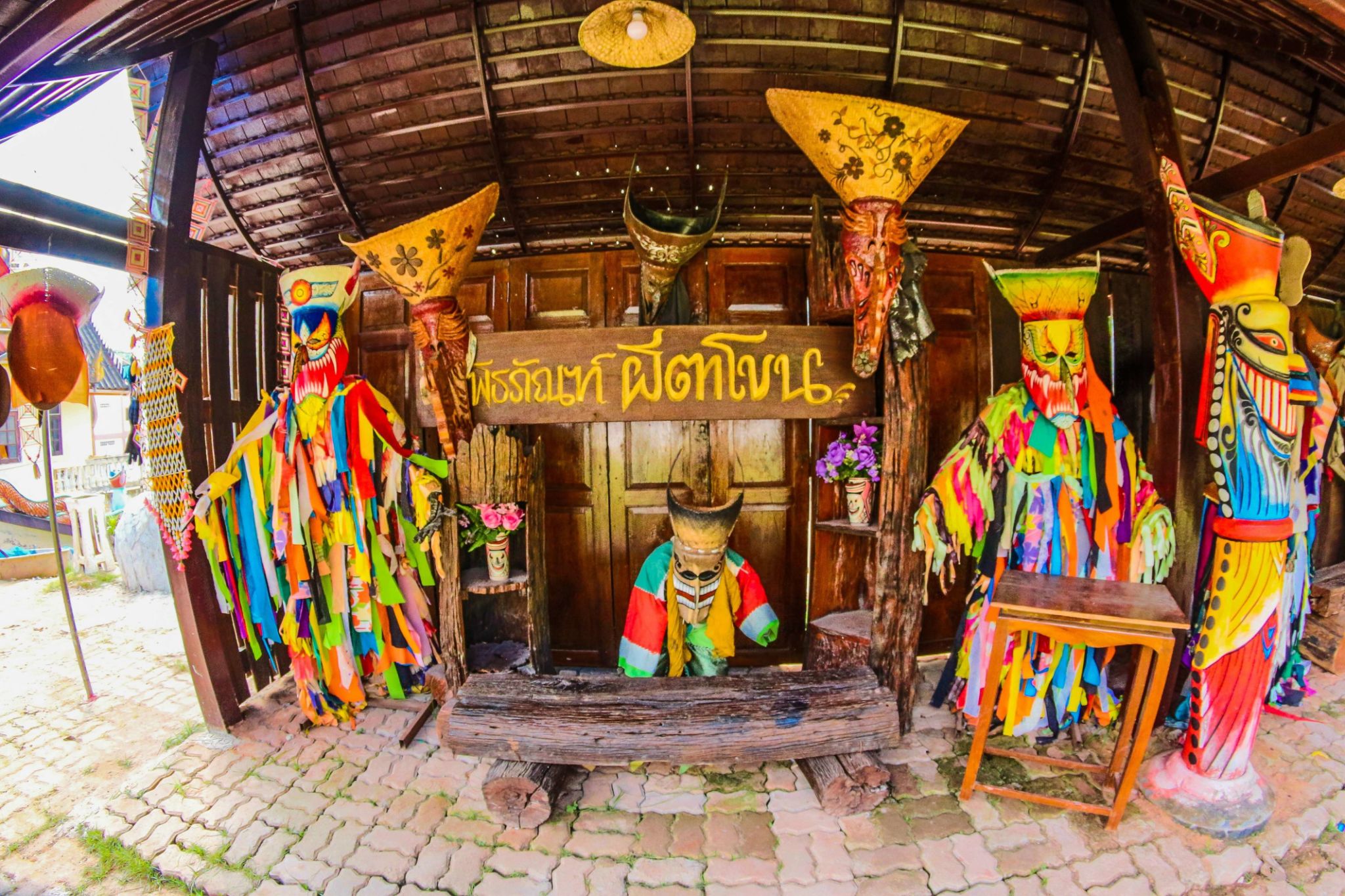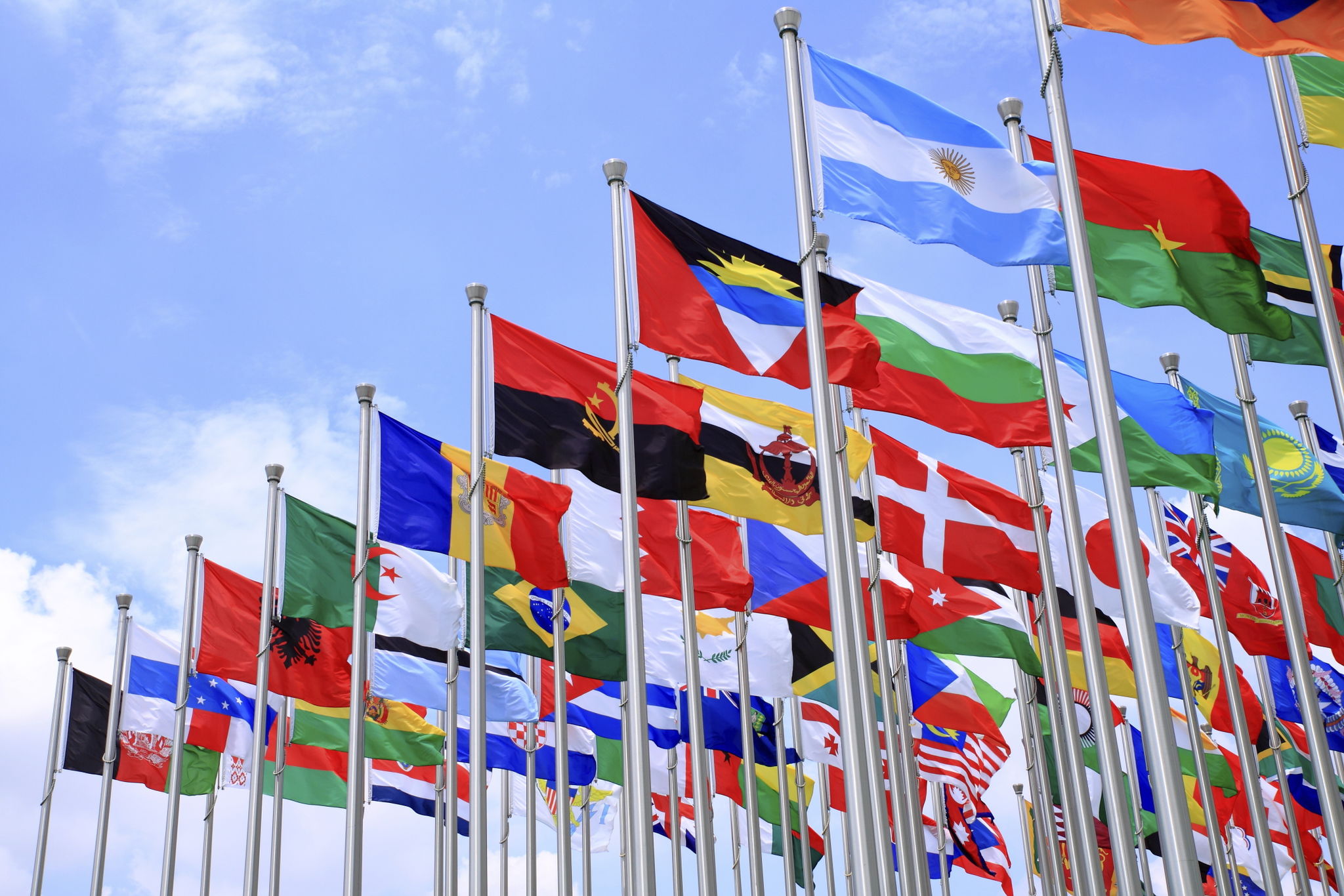Preserving Heritage: Success Stories from Khoe and San Cultural Programs
Introduction to Khoe and San Cultural Preservation
The Khoe and San peoples, indigenous communities of Southern Africa, have a rich cultural heritage that dates back thousands of years. Their traditions, languages, and customs form an essential part of the world's broader cultural tapestry. Despite facing challenges such as modernization and globalization, several programs have been instituted to preserve their unique way of life. These initiatives aim to protect and promote the cultural wealth of these communities for future generations.

Language Revitalization Efforts
One of the most significant aspects of cultural preservation is language. Many Khoe and San languages are at risk of extinction due to diminishing numbers of native speakers. Programs focusing on language revitalization have been implemented, with encouraging results. Community workshops and language immersion camps are helping younger generations learn and speak their ancestral tongues.
These efforts not only help in preserving the languages but also strengthen community bonds and identity. Partnerships with linguists and educational institutions have resulted in the development of language learning materials and resources, further supporting these revitalization efforts.
Traditional Knowledge and Skills
The Khoe and San people possess invaluable traditional knowledge and skills, ranging from medicinal plant use to intricate beadwork. Programs that document and teach these skills play a crucial role in preserving cultural heritage. By involving elders as teachers, these initiatives ensure that traditional knowledge is passed down to younger generations.

Local artisans are gaining recognition and support through collaborations with cultural organizations, leading to economic empowerment. By showcasing traditional crafts in exhibitions and marketplaces, these programs also promote wider appreciation for indigenous skills.
Cultural Festivals and Exchange Programs
Cultural festivals serve as vibrant platforms for celebrating Khoe and San heritage. These events bring together community members and visitors, providing an opportunity to share traditions, music, dance, and cuisine. They are not only a celebration but a form of resistance against cultural erosion.
Exchange programs further enhance understanding and appreciation of Khoe and San cultures both locally and internationally. By participating in cultural exchanges, members of these communities can share their stories and learn from others, fostering a global dialogue around indigenous rights and preservation.

Success Stories in Cultural Preservation
The success stories emerging from these cultural programs are truly inspiring. For instance, a community-led initiative in Botswana has successfully revived a nearly extinct language through dedicated teaching sessions. Similarly, in Namibia, a project focusing on traditional dance has gained international recognition, allowing performers to tour globally.
These achievements highlight the resilience of the Khoe and San communities. They serve as a testament to what can be achieved when there is commitment from both the communities themselves and supportive partners.
The Road Ahead
Despite the progress made, there is still much work to be done in preserving Khoe and San heritage. Ongoing support from governments, NGOs, and international organizations is crucial for sustaining these efforts. Funding, education, and policy changes are needed to ensure these programs can continue to thrive.
As awareness grows about the significance of preserving indigenous cultures, there is hope that more resources will be allocated to support these vital initiatives. By embracing these success stories and learning from them, we can work towards a more inclusive future that respects and celebrates the diversity of human cultures.
